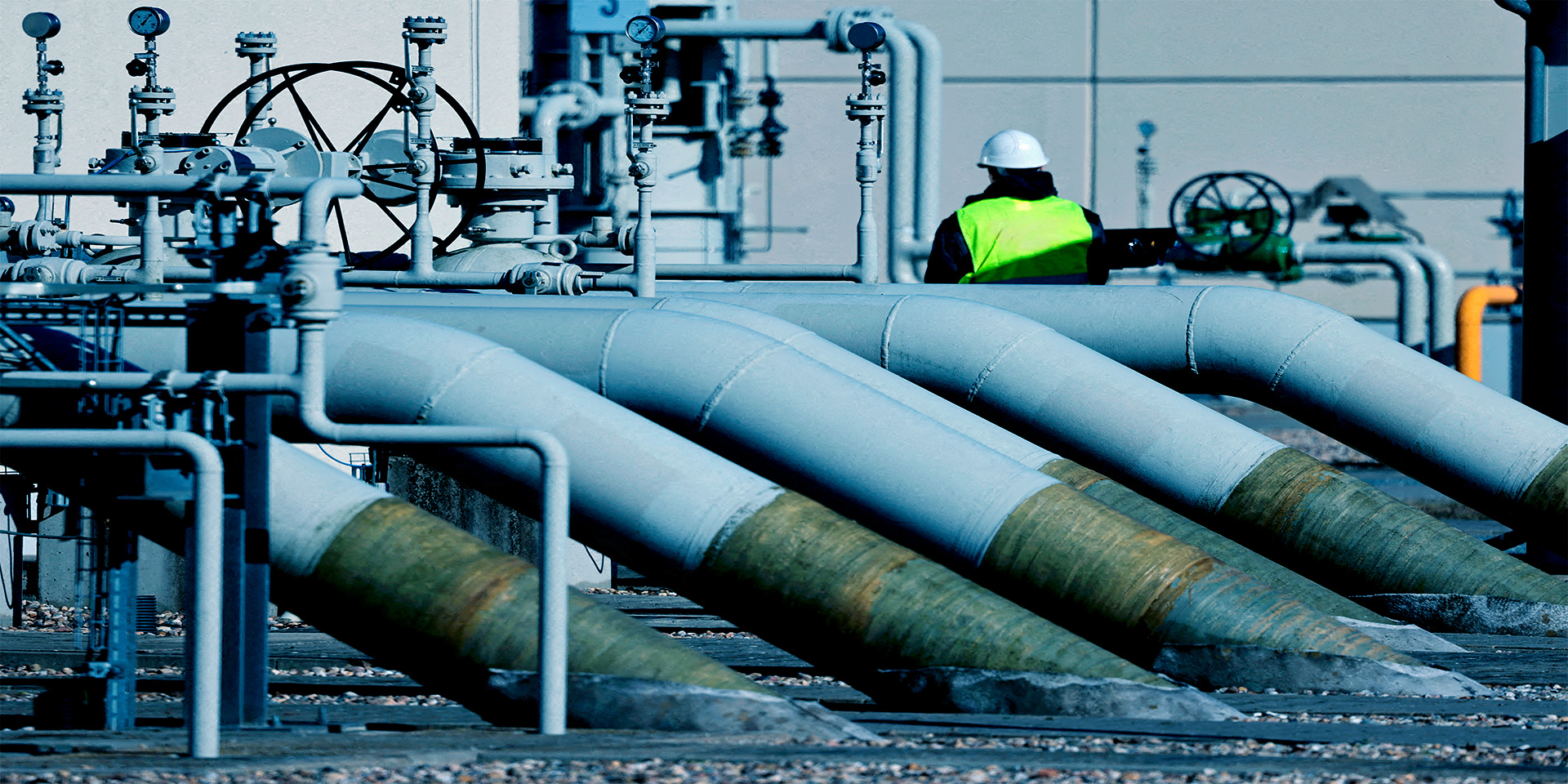Technogenic accidents, often caused by human error or system failures in industrial operations, pose significant risks to workers, communities, and the environment. These accidents can lead to devastating consequences, including loss of life, economic disruptions, and environmental damage. By adopting proactive safety measures, advanced technologies, and rigorous protocols, industries can minimize these risks and foster safer workplaces. This article explores best practices for preventing technogenic accidents, focusing on strategies that enhance safety, reliability, and accountability in industrial operations.
The Importance of Preventing Technogenic Accidents
Technogenic accidents not only threaten lives but also impose substantial economic and reputational costs on businesses. Incidents such as chemical spills, equipment failures, and explosions highlight the need for robust safety measures. Prevention is more cost-effective than dealing with the aftermath, as recovery often involves extensive repairs, legal liabilities, and environmental remediation.
Key Risks of Technogenic Accidents
- Human Error: Mistakes in operation, maintenance, or decision-making can lead to catastrophic failures.
- Outdated Technology: Aging equipment and systems increase the likelihood of malfunctions.
- Inadequate Training: Insufficient knowledge and skills among workers exacerbate risks.
- Poor Maintenance: Neglecting regular inspections and repairs contributes to equipment failures.
- Weak Safety Culture: A lack of emphasis on safety undermines accident prevention efforts.
Addressing these risks requires a multifaceted approach combining policy, technology, and human factors.
Best Practices for Accident Prevention
Implementing comprehensive safety strategies is essential for reducing the likelihood of technogenic accidents. These practices emphasize proactive measures, technological advancements, and continuous improvement.
Developing Robust Safety Protocols
Clear and enforceable safety protocols form the foundation of accident prevention. These protocols standardize operations, reduce variability, and ensure consistent adherence to safety standards.
- Risk Assessments: Conduct regular hazard assessments to identify and mitigate potential risks.
- Standard Operating Procedures (SOPs): Develop detailed instructions for critical tasks to minimize errors.
- Emergency Response Plans: Establish protocols for responding to emergencies, including evacuation procedures and communication plans.
- Compliance Audits: Regularly review compliance with safety regulations and industry standards.
Investing in Advanced Technology
Technological advancements significantly enhance safety by automating processes, detecting anomalies, and improving system reliability.
- Predictive Maintenance: Use sensors and AI to monitor equipment performance and predict failures before they occur.
- Automated Systems: Implement automation for high-risk tasks to reduce human involvement and errors.
- Real-Time Monitoring: Employ IoT devices and data analytics to track environmental conditions and operational parameters.
- Robotics: Utilize robots for hazardous tasks, such as handling toxic substances or inspecting confined spaces.
Integrating technology reduces dependency on manual interventions, enhances precision, and increases overall safety.
Enhancing Worker Training and Competence
Skilled and knowledgeable workers are a critical component of accident prevention. Comprehensive training programs ensure employees understand their roles, responsibilities, and potential risks.
- Onboarding Programs: Provide thorough orientation for new hires, emphasizing safety practices.
- Continuous Education: Offer regular training sessions on new technologies, procedures, and regulations.
- Simulations and Drills: Conduct realistic emergency simulations to prepare workers for potential scenarios.
- Certification Requirements: Ensure workers possess necessary certifications for operating specialized equipment.
Empowering employees with knowledge fosters a safety-conscious culture and reduces the likelihood of errors.

Fostering a Strong Safety Culture
A robust safety culture prioritizes accident prevention at every organizational level. Leadership commitment, open communication, and employee engagement are essential for cultivating this culture.
Leadership Commitment
Executives and managers must lead by example, demonstrating a clear commitment to safety. Allocating resources, enforcing policies, and acknowledging safety achievements underscore the importance of accident prevention.
Open Communication
Encourage employees to report hazards, near-misses, and unsafe conditions without fear of retribution. Establishing anonymous reporting systems and regular safety meetings fosters transparency and trust.
Employee Involvement
Engage workers in safety initiatives by forming committees, soliciting feedback, and involving them in decision-making. Empowering employees creates a sense of ownership and accountability for safety outcomes.
Regular Maintenance and Inspections
Routine maintenance and inspections are vital for identifying and addressing potential issues before they escalate into accidents.
Preventive Maintenance
Schedule regular maintenance to ensure equipment remains in optimal condition. Replace worn-out components, update software, and address vulnerabilities to extend the lifespan of machinery.
Inspection Programs
Conduct thorough inspections of facilities, equipment, and processes to identify risks. Use checklists and documentation to track findings and implement corrective actions.
Compliance with Regulations
Adhere to industry-specific safety standards and government regulations. Compliance ensures that systems meet minimum safety requirements and reduces liability risks.

Leveraging Data for Continuous Improvement
Data-driven approaches enable industries to refine safety measures, track progress, and adapt to emerging risks.
Incident Analysis
Analyze accidents and near-misses to identify root causes and prevent recurrence. Use findings to update protocols, training, and technologies.
Key Performance Indicators (KPIs)
Establish safety KPIs, such as incident rates, training completion, and inspection outcomes. Regularly review these metrics to evaluate performance and drive improvements.
Feedback Loops
Incorporate employee feedback into safety programs to address practical challenges and enhance effectiveness. Continuous feedback fosters a culture of learning and adaptability.
Case Studies: Successful Accident Prevention Strategies
Real-world examples illustrate the effectiveness of proactive safety measures in preventing technogenic accidents.
Oil and Gas Industry
Oil and gas companies have adopted advanced monitoring systems and predictive analytics to minimize equipment failures. By using IoT sensors to track pipeline conditions, these companies detect leaks early and prevent environmental disasters.
Manufacturing Sector
In manufacturing, robotics and automation have reduced workplace injuries. For example, automated assembly lines handle repetitive tasks, eliminating ergonomic risks and improving efficiency.
Chemical Industry
Chemical plants employ rigorous training programs and real-time monitoring to manage hazardous materials safely. Emergency response drills and specialized equipment further mitigate risks.
The Conclusion
Preventing technogenic accidents requires a comprehensive approach that integrates safety protocols, advanced technologies, worker training, and a strong safety culture. Industries must prioritize proactive measures, continuous improvement, and open communication to safeguard lives, assets, and the environment. By adopting these best practices, organizations not only reduce risks but also enhance operational efficiency and build trust with stakeholders. As industries evolve, the commitment to safety remains paramount, ensuring a sustainable and secure future for all.

